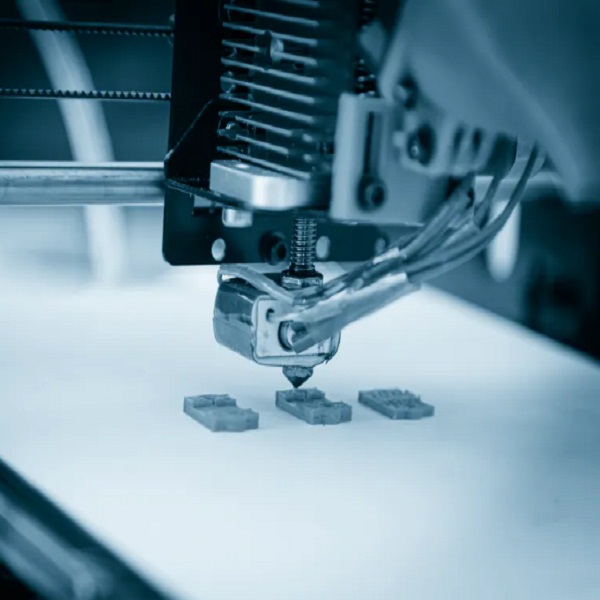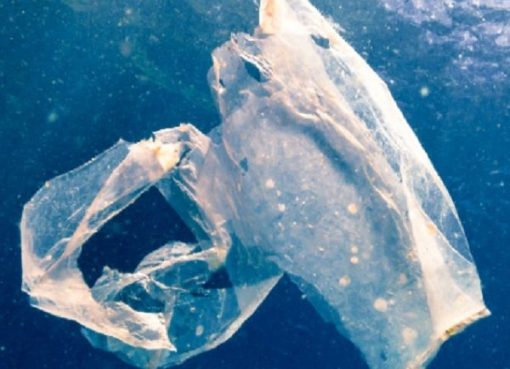Air pollution experts have called for more research into technologies that could mitigate the impacts of microparticles from tyre wear.
Large particles can also be carried from the road by rain into rivers, where they may leach toxic chemicals such as zinc and lead into the environment, whilst smaller particles become airborne and are breathed in where they are small enough to reach into the deep lung.
There is emerging evidence that tyre-wear particles and other particulate matter may contribute to a range of negative health impacts including heart, lung, developmental, reproductive and cancer outcomes.
Researchers from Imperial College London’s ‘Transition to Zero Pollution’ initiative have warned that six million tonnes of tyre-wear particles are released globally each year. In London alone, 2.6 million vehicles emit around nine thousand tonnes of tyre-wear particles annually.
Lead author Dr Zhengchu Tan, from Imperial’s department of mechanical engineering, said: “Tyre-wear particles pollute the environment, the air we breathe, the water run-off from roads and has compounding effects on waterways and agriculture. Even if all our vehicles eventually become powered by electricity instead of fossil fuels, we will still have harmful pollution from vehicles because of tyre wear.
“We urge policymakers and scientists to embark on ambitious research into tyre-wear pollution to fully understand and reduce their impacts on biodiversity and health, as well as research to reduce the generation of these particles.”
While existing technological interventions such as filters and environmental policies could help to control the ecological footprint of the particles, there are gaps in our ability to forecast the impacts of tyre-wear pollution, the researchers said.
Professor Mary Ryan, co-author on the briefing paper, said: “Safeguarding our planet and the health of future generations requires us to look not just at a problem from a single perspective, but to take a systems-level approach. That’s why we need to look beyond just carbon and to consider human-made pollution in all its forms.
“Electric vehicles are a crucial step forward to decarbonise transport, but we need to look at the big picture, too. Some are concerned that electric vehicles tend to be heavier, which might increase tyre wear.
“We will continue to leverage the full strength of our research and influence to find meaningful solutions and help realise a sustainable, zero-pollution future.”
The report authors call for policymakers and scientists to investigate the complex problems related to tyre-wear pollution, from the basics of wear-particle production to understanding how these particles affect the health of people and the planet.
Potential innovation solutions include particle-capture technologies, the use of new advanced materials and business models that encourage different transport choices.
Source: E&T










